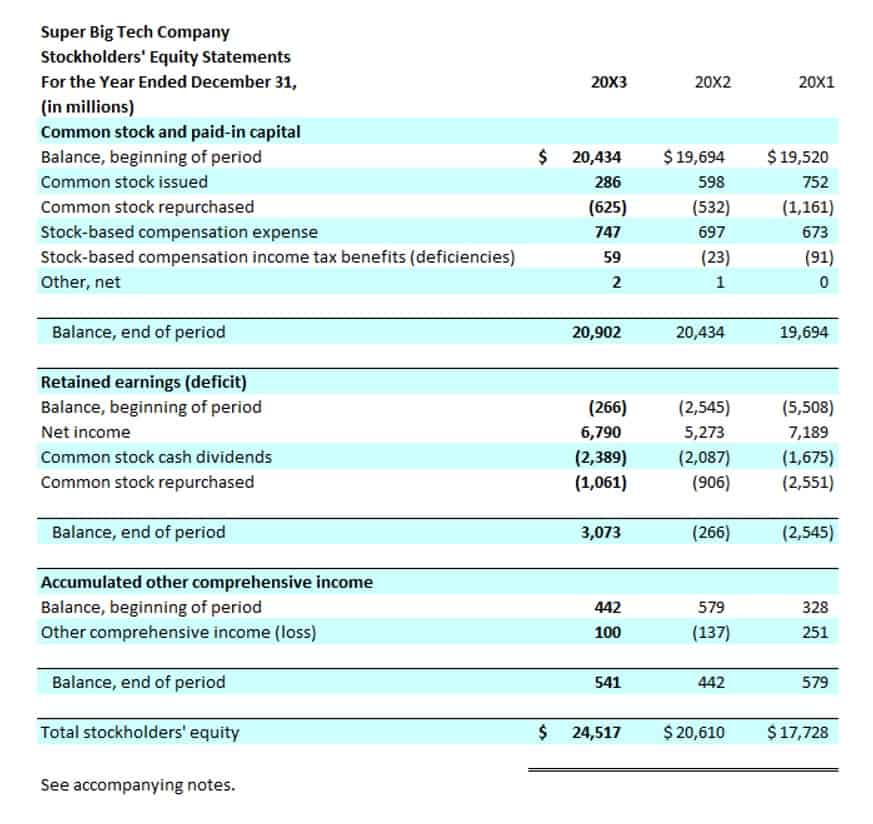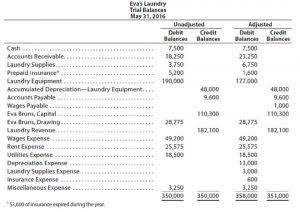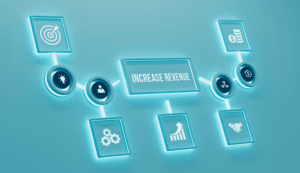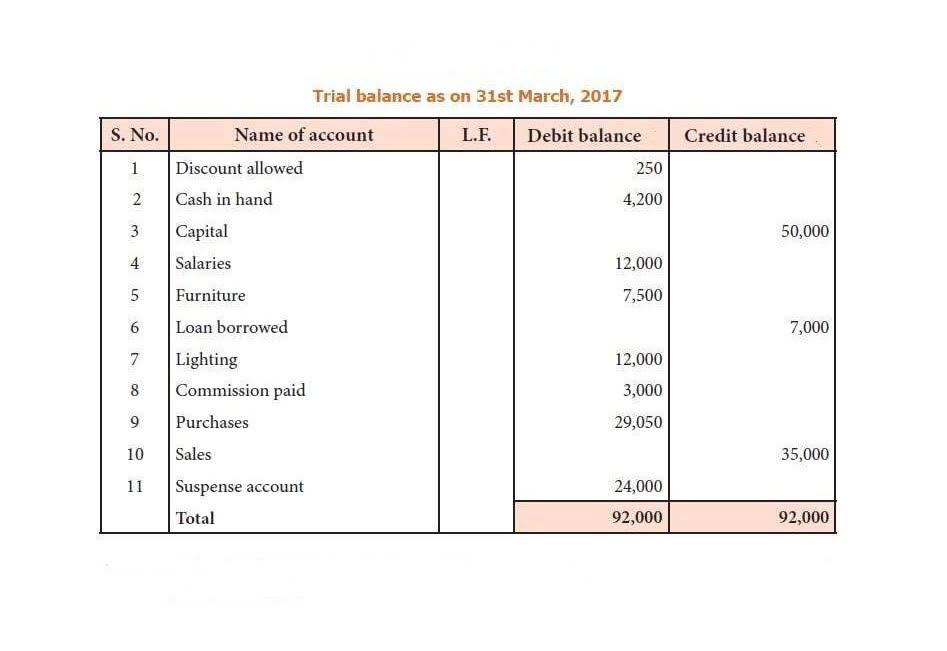Analysts often use average values over time or adjust for known temporary factors. Here at StockStory, we certainly understand the potential of thematic investing. Diverse winners from Microsoft (MSFT) to Alphabet (GOOG), Coca-Cola (KO) to Monster Beverage (MNST) could all have been identified as promising growth stories with a megatrend driving the growth.
In some states, the par value of common stock issued can’t be withdrawn or used by the issuing company. For this reason, companies often issue common stock with a par value of 1 cent per share or less; in this way, they can avoid tying up excessive amounts of money in stock. Par value is the value of a bond or share of stock as shown on the bond or stock certificate. Unlike the market value, the par values of stocks and bonds don’t change. Par value has different implications depending on whether it’s for a bond or stock. The value of common stock is calculated by multiplying the number of shares the company issues by the par value per share.
What Is the Par Value of Bonds?
For example, a bond with a par value of $1,000 means thatthe issuer will repay the bondholder $1,000 when the bond reaches its maturitydate. It is important to note that while par valueprovides useful information, it should not be the sole basis for investmentdecisions. Investors should consider a range of factors, including marketconditions, financial performance, risk assessments, and future prospects, whenmaking investment choices. Nevertheless, understanding par value can contributeto a more comprehensive analysis and understanding of the investment landscape.
Share this:
A nominal exchange rate represents the number of units of one currency that can be exchanged for a unit of another currency at the current exchange rate. Nominal value is a crucial concept in finance and economics, representing the stated or face value of a security. This section aims to answer some frequently asked questions about nominal values, their relevance to bonds and stocks, and economic indicators.
Trading Halts
This forms the equity portion of Enterprise Value and is typically the largest component for most companies. For public companies, this information is readily available and constantly updated as share prices change. The EBITDA beat was partly due to its lower sales and marketing expenses compared to the previous year. This sent kpmg spark review and ratings shares higher because a key debate surrounding Sea was whether the company could hop off the treadmill of marketing spend, which used to exceed its revenue in previous years.
Par Value, Market Value, and Stockholders’ Equity
Bonds can be sold in the secondary market all the time, and their price will change based on factors such as interest rates or the issuer’s creditworthiness. But no matter what changes may occur, the par value always stays the same. Maturity date is the length of time until the bond’s principal is scheduled to be repaid. Once the date is reached, the bond’s issuer—whether corporate or governmental—must repay you the full face value of the bond.
However, it fails to account for price level changes and purchasing power parity between countries. Where “Coupon Payment” is the interest payment for each period, “Yield” is the bond’s yield to maturity, and “i” and “n” represent the number of periods until maturity. This calculation helps investors understand how much they should expect to pay or receive for the bond considering the prevailing interest rates and market conditions. When we move from bonds to stocks, the concept of par value takes on a different meaning. It is typically set as a very low amount and represents the minimum price at which a company agrees to issue its shares. This number is often very different from the price those shares trade at today.
Why Investors Need To Know Par Value
However, it should be noted that the nominal value has no impact on stock valuation or pricing. For example, if a company authorizes a capital hike of $10 million and sets its par value at $1 per share, it can issue 10 million shares when selling them at market prices exceeding $1. The relationship between a bond’s nominal value and YTM is essential in determining the bond’s market price. When YTM exceeds the coupon rate (nominal interest rate), the real value of the bond falls below its face value, indicating that it is selling at a discount to par or below par.
For example, a bond price of 95 means the bond is priced at 95% of its par value. Conversely, a bond price of 105 means its price is 105% of its par value. A bond selling below par means the interest you would receive from the investment is higher than the coupon rate. In other words, it’s the loan principal the issuer pays you at the end of the bond’s term. The interest you earn on the bond (“coupon rate”) is a percentage of par. The calculations can get more complicated when there’s more than one coupon payment left for a bond.
We’ll walk you through the details on par value for stocks and why this is especially important if you receive dividends from your stocks. Used mostly as an accounting concept, par value designates a minimum value for a stock. Companies use this to ensure a minimum payment in situations like bankruptcy. The par value of a bond is the same for the entire life of the bond, which is very different than the market value of the bond, which can fluctuate regularly. By anchoring the bond’s income stream to the par value, investors are offered a measure of stability in a market environment that is otherwise prone to change. The par value of a security is the value assigned to it when it is first legally created, and is separate from the market value at which that security is bought and sold.
- This practice has continued even though laws that hold shareholders personally liable have largely been abolished.
- Some states require that companies set a par value below which shares cannot be sold.
- The trade-off is that bonds that are not investment-grade (such as high-yield or junk bonds) offer a greater yield if the issuer does not default.
- It serves as a reference point for determining the initial value offinancial instruments and plays a role in various calculations, regulations,and reporting requirements.
- A bond can be purchased for more or less than its par value, depending on prevailing market sentiment about the security.
- By anchoring the bond’s income stream to the par value, investors are offered a measure of stability in a market environment that is otherwise prone to change.
EV/EBIT
Corporations issue preferred stock with a dividend rate that, like a coupon rate, is a percentage of par value. Unlike common stock, preferred shareholders don’t usually have voting rights. The accounting treatment of no-par value shares is simpler than that of par value shares.
- For instance, a preferred stock with a face value of $25 per share would mean that each dividend payment is determined based on this amount.
- Zero-coupon bonds are always sold at a discount due to the absence of interim interest payments and the need for investors to account for time value of money.
- When it comes to valuing companies, many investors focus solely on market capitalization.
- Par value is a term you may hear in relation to the value of a bond or share of stock.
- If a bond’s yield to maturity is higher or lower than its nominal interest rate, it will trade at a discount or premium to par (face) value, respectively.
When a company issues shares, the par value of these shares is recorded in the common stock account on the balance sheet. The par value of a corporate bond is $1,000 and represents the amount a bond issuer must pay bondholders for each bond owned on a bond’s maturity date. It’s similar to par on a golf course only you get money in your pocket rather than personal satisfaction. In bonds, a ‘good bond’ (one where the issuer doesn’t default prior to a bond’s maturity date) pays the holder the par value of the bond at maturity.
The par value is the amount of money that the issuer promises to repay bondholders at the maturity date of overtime pay laws by state the bond. The issuance of par value stock does impact the presentation of the equity section of the balance sheet. Though the ultimate dollar amount isn’t impacted, this distinction provides transparency regarding the source of equity capital. Therefore, it is important from an accounting perspective that these two amounts are recorded differently.
The term par value is the stated value of an asset—typically of a bond or stock. It is interchangeable with face value or nominal value, or the written value on a bond or stock certificate. While the face value or par value of these securities is important, it has little bearing on the price an investor must pay to purchase a bond or a share of stock, called the market value. The face value of a share of stock is the value per share as stated in the issuing company’s charter. This is the minimum value that each shareholder is expected to pay per share of stock in order to fund the business.
The Real Effective Exchange Rate (REER)To address these shortcomings, economists introduced the Real Effective Exchange Rate (REER). REER is calculated by converting foreign general journal description entries example price levels into domestic currency units using current nominal exchange rates and then dividing the resulting averages by the domestic price level. In essence, REER represents the ratio of the foreign price level to the domestic price level, providing a more accurate assessment of a country’s international competitiveness compared to NEER.





 To check the rates and terms you may qualify for, SoFi conducts a soft credit pull that will not affect your credit score. However, if you choose a product and continue your application, we will request your full credit report from one or more consumer reporting agencies, which is considered a hard credit pull and may affect your credit. Get instant access to video lessons taught by experienced investment bankers. Learn financial statement modeling, DCF, M&A, LBO, Comps and Excel shortcuts.
To check the rates and terms you may qualify for, SoFi conducts a soft credit pull that will not affect your credit score. However, if you choose a product and continue your application, we will request your full credit report from one or more consumer reporting agencies, which is considered a hard credit pull and may affect your credit. Get instant access to video lessons taught by experienced investment bankers. Learn financial statement modeling, DCF, M&A, LBO, Comps and Excel shortcuts.




